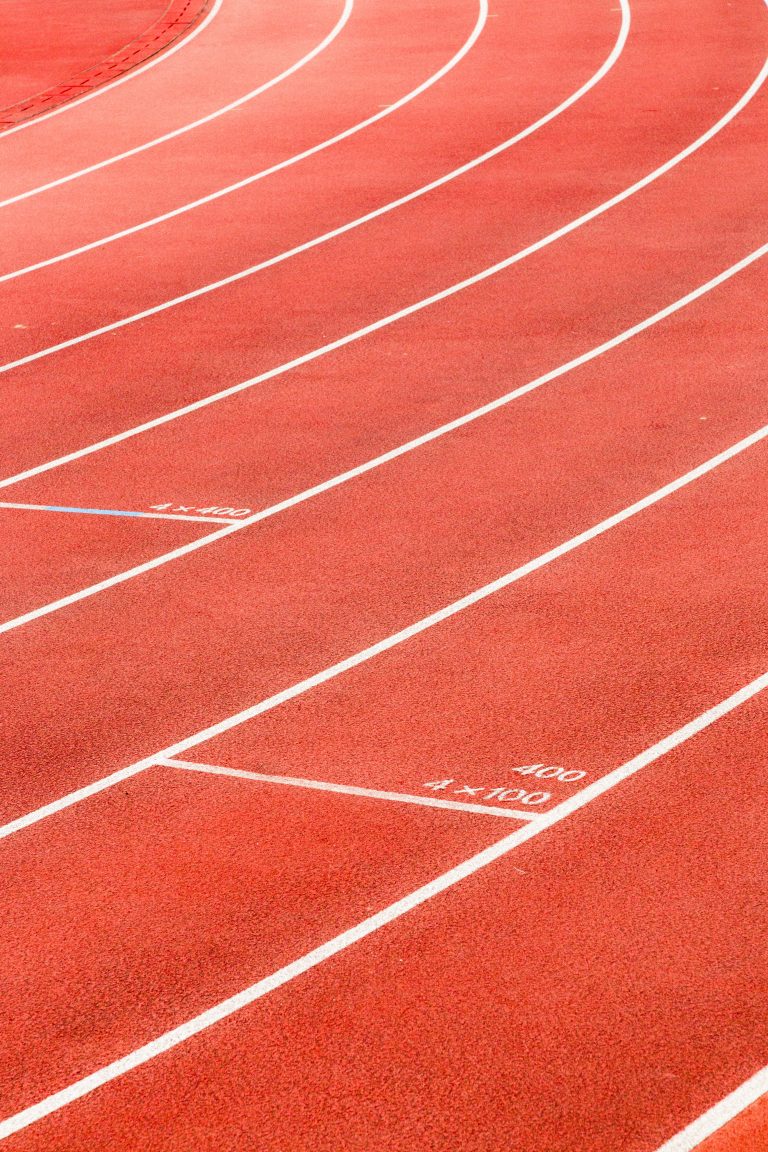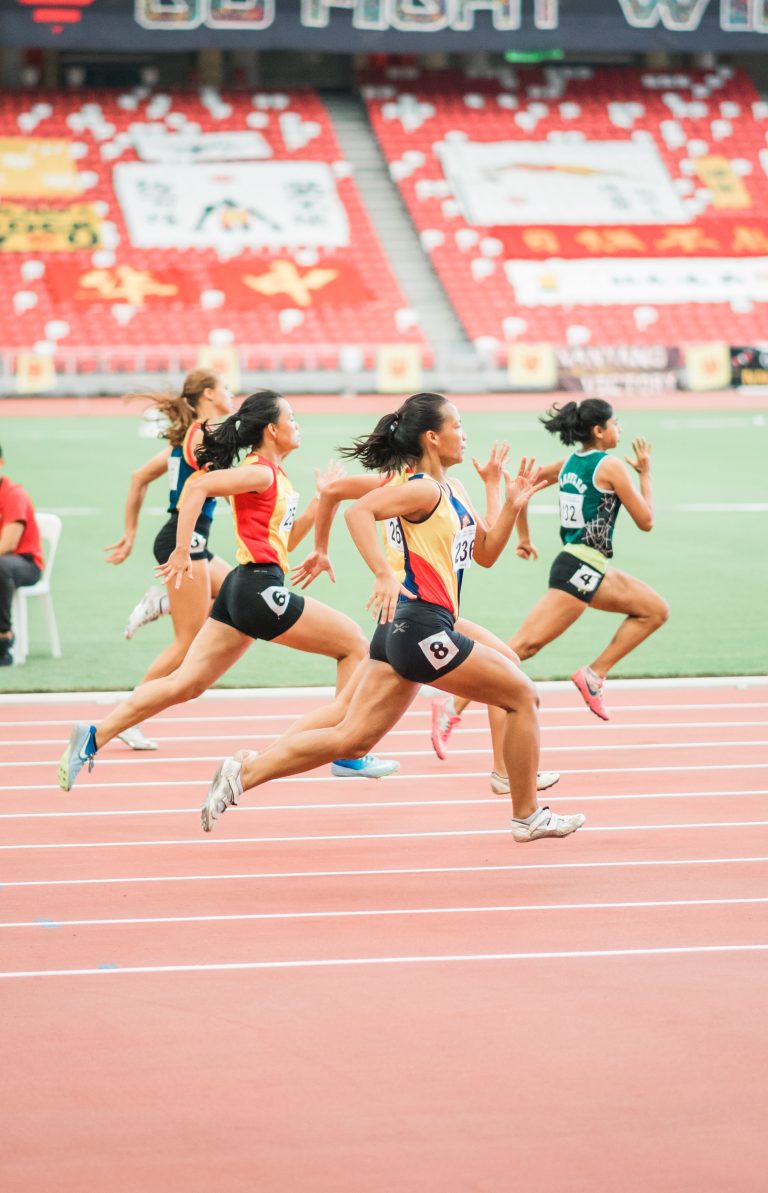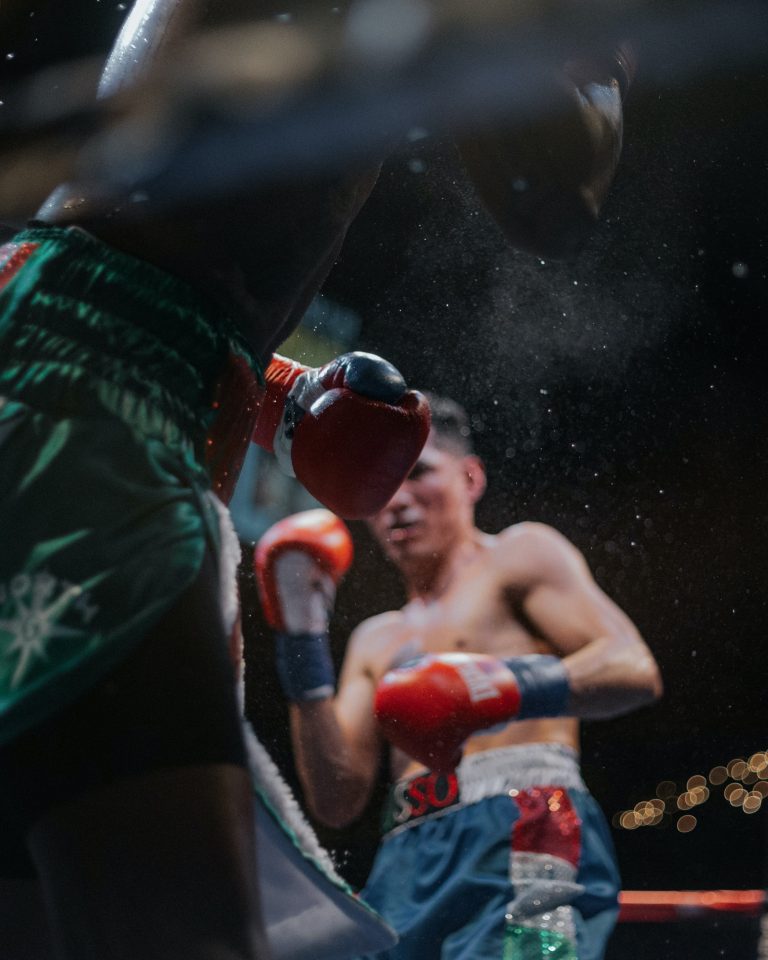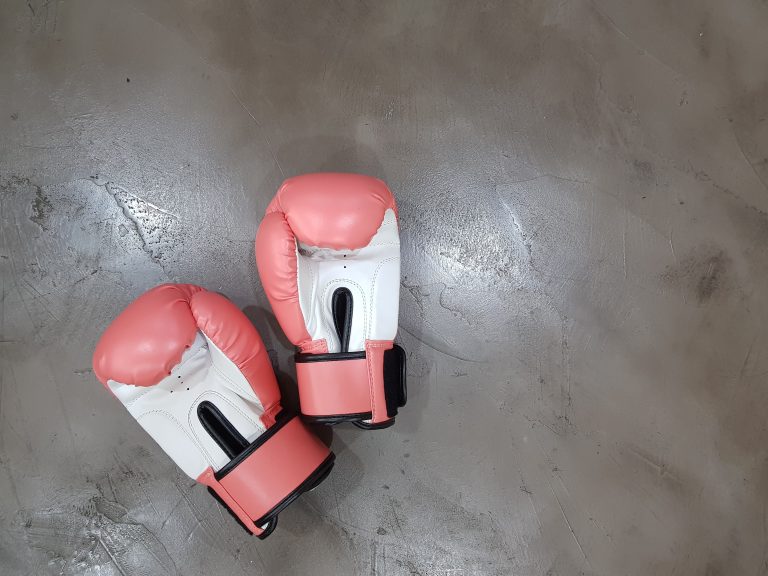Who Founded Karate-Do? A Brief History of the Origin of Karate
Karate is a well-known martial art that originated in Japan. It is a form of self-defense that includes various techniques such as punching, kicking, knee strikes, elbow strikes, and open-hand techniques. However, the origin of karate-do is not as clear-cut as its moves. In this article, we will discuss the brief history of the origin of karate-do and who founded it.
The Early Days of Karate-Do
The roots of karate-do can be traced back to the Ryukyu Kingdom, now modern-day Okinawa, in the 17th century. It was originally known as „Ti“ or „Te,“ and was used as a means of self-defense against armed invaders. The martial art was initially developed in secrecy because Ryukyu was under Japanese rule during that time, and carrying weapons was prohibited.
In the 19th century, Gichin Funakoshi, the founder of Shotokan Karate, was born in Shuri, Okinawa. Funakoshi started practicing karate under the tutelage of Yasutsune Itosu, one of the greatest karate masters of Okinawa. Funakoshi studied various styles of karate and combined the best of those styles to form his own style, which he called „karate.“
Gichin Funakoshi: The Father of Modern Karate-Do
Gichin Funakoshi is known as the father of modern karate-do. He was the first person to introduce karate to mainland Japan in 1922. He demonstrated his skills at the Meisei Jingu Shrine in front of the Japanese crown prince, which created a lot of interest in the martial art. The following year, Funakoshi opened his first karate dojo in Tokyo, and thus began the spread of karate-do throughout the world.
Funakoshi’s teachings of karate-do were not just limited to physical techniques, but also emphasized spiritual and mental training. He believed that karate-do is not just a sport or a means of self-defense but a way of life. His teachings were based on three principles:
1. Kata – Which are pre-arranged forms of techniques to train muscle memory and to learn the basics of karate.
2. Kumite – Which is sparring with a partner to put the techniques to practical use.
3. Kihon – Which is the fundamental techniques of karate.
Funakoshi’s teachings gained popularity in Japan, and soon other karate masters like Kenwa Mabuni and Chojun Miyagi started their own styles of karate. These styles of karate spread throughout Japan, and many new schools emerged. This led to the formation of various karate organizations, which included the Japan Karate Association (JKA), the Shotokai, and the Shito-Ryu.
The Legacy of Gichin Funakoshi
Gichin Funakoshi passed away in 1957, but his legacy lives on through his teachings and the various styles of karate developed by his students. He was posthumously awarded the title of „Shihan“ (master) by the Japanese Emperor in recognition of his contributions to the field of karate-do.
Funakoshi’s approach to karate-do has been embraced by millions of practitioners around the world. His legacy is characterized by a focus on spiritual and mental training alongside physical development, an approach that has influenced not just the practice of karate-do but numerous other martial arts as well.
Who Founded Karate-Do?
Introduction
Karate-do is a popular martial art that has evolved over several centuries. Originating from Okinawa, Japan, this sport is popular among people of all ages and skill levels. However, there is a lot of confusion among people about the origins of Karate-do. This blog post aims to clear up some of the confusion by answering some of the most frequently asked questions about the founding of Karate-do.
What is Karate-do?
Karate-do is a martial art that originated from Okinawa, Japan. It involves punches, kicks, and strikes that are used to defend oneself or to attack an opponent. The term „Karate-do“ means „the way of the empty hand“. It is called so because karate was originally developed as a form of unarmed combat.
Who founded Karate-do?
The question of who founded Karate-do is one that has been debated for quite some time. The truth is that there is no single founder of Karate. Karate evolved over several centuries and was influenced by many different martial arts from different parts of the world.
What is the History of Karate-do?
Karate-do originated in Okinawa, Japan, during the 14th century. At that time, Okinawa was a small island kingdom that was frequently attacked by invaders from the neighboring countries of China and Japan. The people of Okinawa developed Karate as a means of defending themselves against these attacks.
The first reference to Karate can be found in a Chinese book from the 15th century that describes martial arts from Okinawa. However, it wasn’t until the 20th century that Karate-do became an organized sport with standardized rules and regulations.
Who were the most influential figures in the development of Karate-do?
There were many influential figures in the development of Karate-do. Some of the most notable ones include:
– Gichin Funakoshi: He is considered the father of modern Karate-do. He was instrumental in bringing Karate to mainland Japan and establishing it as a popular sport. He founded the Shotokan Karate style and wrote the book „Karate-do Kyohan,“ which is considered the bible of Karate.
– Chojun Miyagi: He is the founder of the Goju Ryu style of Karate. He is also known for developing the Tensho and Sanchin kata.
– Kenwa Mabuni: He is the founder of the Shito Ryu style of Karate. He was one of the first Karate masters to teach Karate in mainland Japan.
– Kanryo Higaonna: He is considered the founder of the Naha-te Karate style. He was instrumental in developing the Sanchin kata.
Who Founded Karate-Do and How to Learn More About It
Karate-Do is a popular martial art that originated in Japan, but its roots can be traced back to ancient China. Over the years, numerous individuals have contributed to the development and popularization of karate-do, making it one of the most popular martial arts in the world today. In this blog post, we will explore the history of karate-do, the people behind it, and how you can learn more about this fascinating fighting style.
What is Karate-Do?
Before we dive into the history of karate-do, let’s first define what this martial art is all about. Karate-Do, which literally translates to „the way of the empty hand,“ is a striking martial art that emphasizes using punches, kicks, knee strikes, elbow strikes, and open-hand techniques to defeat an opponent. It also involves various forms of sparring, where students practice their techniques against each other in a controlled environment.
One of the most unique aspects of karate-do is its emphasis on developing one’s character and improving oneself through diligent training. This is often referred to as the „Do“ or „way“ aspect of karate-do, and it sets it apart from other martial arts that focus solely on combat techniques.
Who Founded Karate-Do?
The origins of karate-do can be traced back to ancient China, where it was originally known as kung fu. In the mid-20th century, a man named Gichin Funakoshi brought karate-do to Japan and helped popularize it worldwide. Funakoshi is often referred to as the „father of modern karate“ and is credited with introducing many of the karate-do techniques that we know today.
However, Funakoshi was not the only person responsible for the development of karate-do. There were many other early pioneers who helped shape this martial art, including Chojun Miyagi, founder of Goju-ryu karate, and Kenwa Mabuni, founder of Shito-ryu karate.
How to Learn More About Karate-Do
If you’re interested in learning more about karate-do, there are many resources available to you. Here are a few places to start:
1. Local Karate-Do Dojos: One of the best ways to learn about karate-do is to find a local dojo and enroll in classes. This will give you the opportunity to learn from experienced instructors and practice your technique with other students.
2. Karate-Do Books: There are many books available that cover the history, techniques, and philosophy of karate-do. Some of the most popular titles include „Karate-Do: My Way of Life“ by Gichin Funakoshi and „The Karate-Do Manual“ by Nakayama Masatoshi.
3. Karate-Do Organizations: There are many organizations dedicated to the promotion and preservation of karate-do. These organizations often offer seminars, training camps, and other events that can help you learn more about this martial art.
Conclusion
Karate-do has a long and rich history that spans centuries and multiple countries. While Gichin Funakoshi is often credited with popularizing karate-do, there were many other early pioneers who helped shape this martial art into what it is today. If you’re interested in learning more about karate-do, there are many resources available to you, including local dojos, books, and organizations. With diligent training and study, you can become proficient in this fascinating martial art and experience the many benefits it has to offer.
Inhaltsverzeichnis






